VFX breakdown: Moo Studios’ new Blue Moon spot
As part of the in-house team at Moo Studios, I had the privilege to work on the Blue Moon ‘Artfully Crafted’ campaign, collaborating with the ad agency The Integer Group.
The latest spot, ‘Brewmaster’s Inpiration’, wasn’t the first TV commercial for the brewery I worked on. At the beginning of 2012, I was involved in the shooting and post-production of its predecessor, ‘Brewmaster’s Touch’. Both spots play on the the metaphor of the brewmaster as an artist. Brewmaster’s Touch shows how the brewmaster, with his magic Midas touch, turns everything he makes physical contact with into paintings. We layered real painted brush strokes on top of the footage from the live stop-motion shoot, to have everything the brewmaster touched shifting into a painted world.
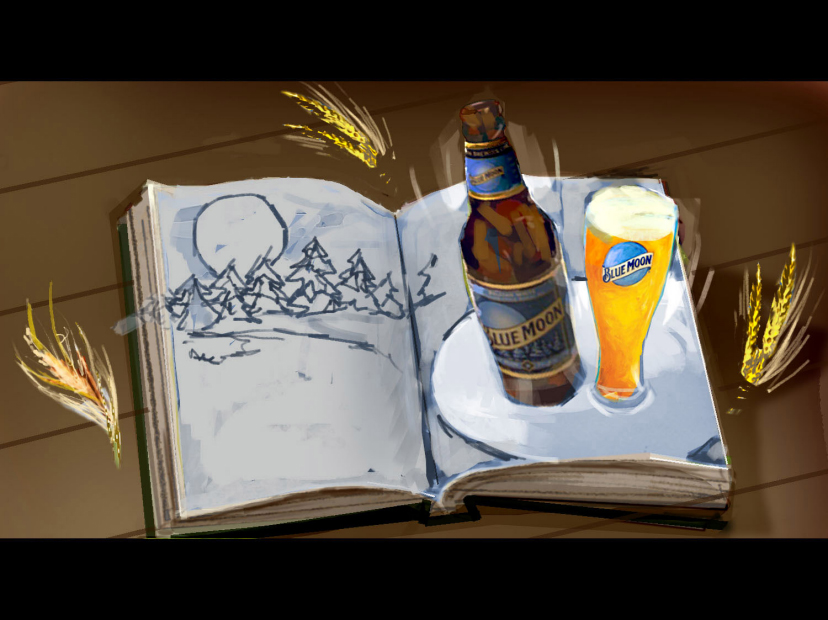
The Integer Group’s storyboards for the spot built on the idea of the brewmaster’s ‘Midas touch’. Instead of turning everything to gold, the brewmaster draws the viewer into a world of living paintings.
When The Integer Group came to us with a rough storyboard of the new spot, Brewmaster’s Inspiration, director Shaun Sewter and I immediately thought it would be a cool project. But we also asked ourselves: “How the hell are we gonna make this?”
The storyboard showed the brewmaster in the brewery opening a sketchbook. On each page, beer bottles, glasses, ingredients and environment elements grew up from those sketches, popping out of the book. Although three-dimensional, the objects were not photo-real; instead, they lived in the same painted world as the previous spot.
We knew that layering brush strokes on top of live-action footage, in the way that we did in the previous spot, would not work this time, since the objects are painterly from the very start: you never see real-looking oranges or wheat. Instead, I suggested we take a CG approach, enabling us to create a nice slow camera move lasting for the entire length of the main shot.
We made a motion test showing our proposed approach – a mixture of stop-motion and CG animation – to show the agency. The agency liked it. One of the most important factors in the feel of the shot is the stop-motion work. It helps to give everything tactile movements matching the ‘artfully crafted’ image of Blue Moon. We decided that everything except the elements coming to life from the pencil sketches (and the beer kettles in the first and last shot) would be shot in stop-motion.
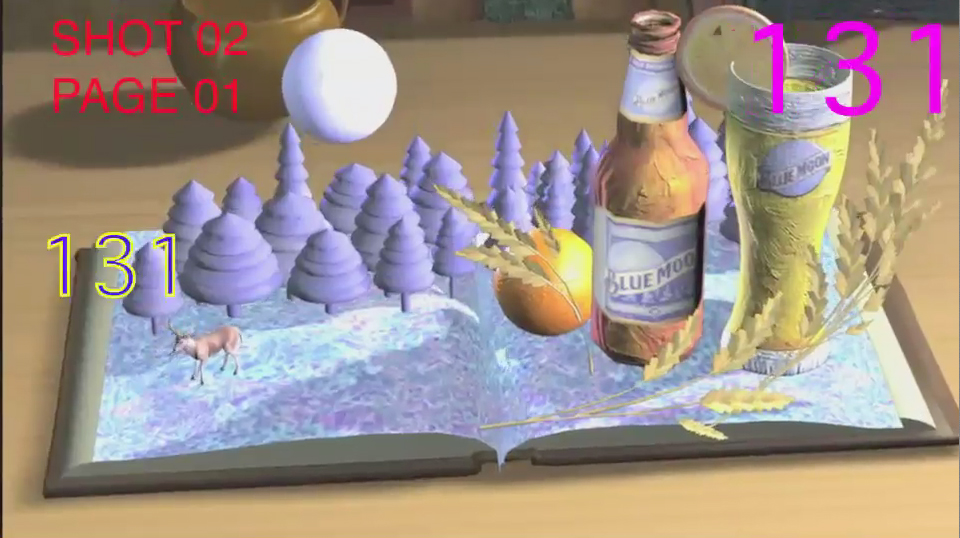
A frame from Moo Studios’ animatic for the spot, created entirely in Maya and After Effects.
The first step was to create an animatic. This is always a very important and creative process. It defines timing, camera moving and framing. The animatic was entirely done in Maya and After Effects. We didn’t use any footage, only basic models and rigs in Maya. I always prefer this approach for pre-visualization, as it gives us the freedom to retime each shot easily according to the agency and the client’s feedback. Finishing the animatic and getting approvals on it took us two weeks.
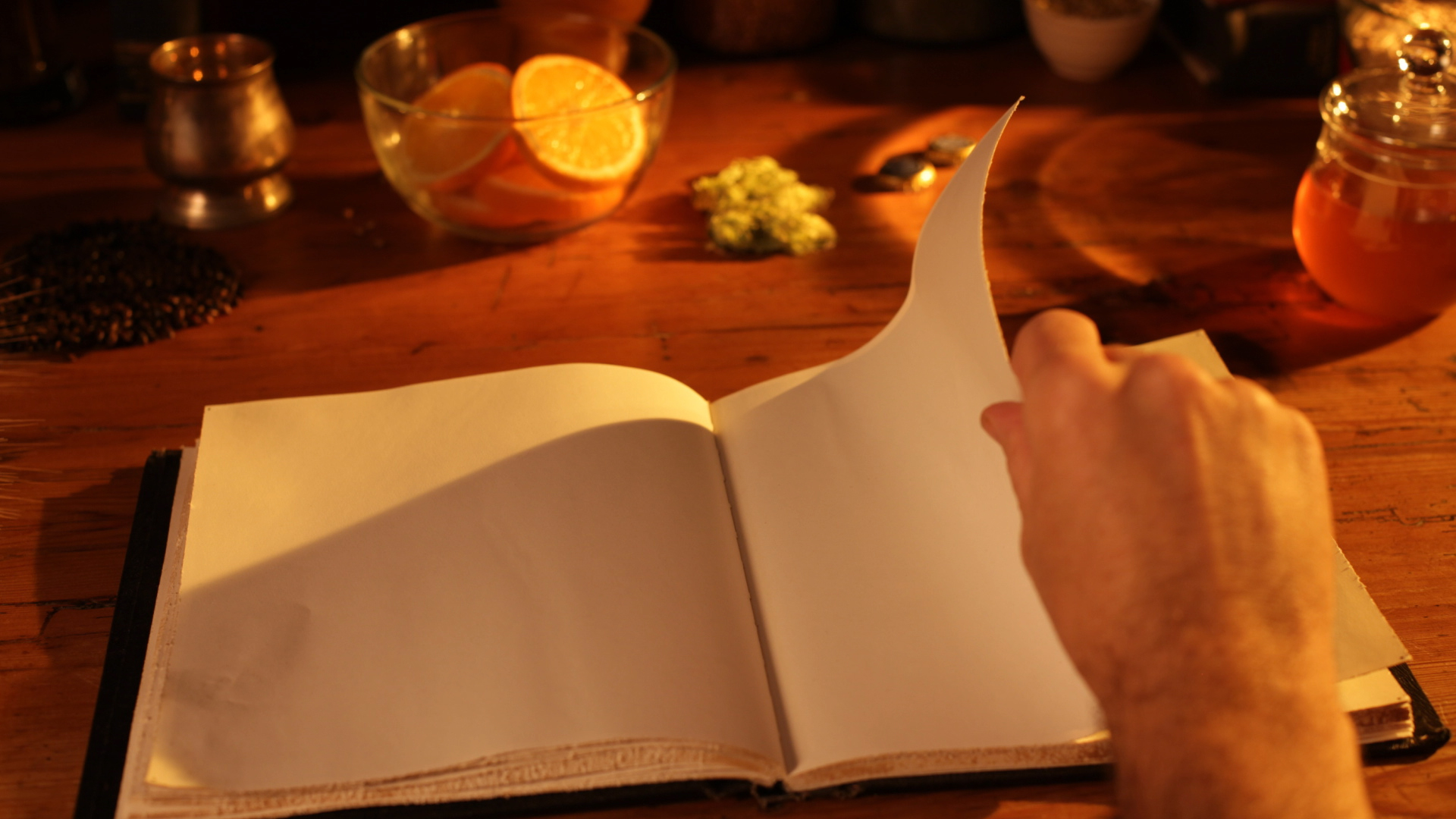
A clean plate from the live shoot. Moo used stop-motion software Dragonframe for the task.
Once the animatic was approved, we shot the first and last shots (the kettles and the background outside the window were added in post) and the whole sequence in the second shot, with the hand opening the book and turning the pages four times. Everything was shot in stop-motion, using Dragonframe. We used a motion-control rig to move the camera by small increments every frame. That allowed us to shoot multiple passes that we composited together to achieve a clean plate before starting to add CG elements on top.
We also shot a tracking pass that I used in SynthEyes to create a camera to be imported in Maya and After Effects. In this pass nothing but the camera was moving.
The following step was tracking each page, since all the elements had to sit convincingly on the pages and react to their action. I manually tracked each page in Maya, using the clean plate of the book as a backplate for the camera exported from SynthEyes.
![]()
Arcane symbols: tracking markers could be drawn directly onto the pages of the book.
Thanks to the tracking points on the table and on the book itself, I knew where the book was sitting in space, so I created four curves for each page, perfectly matching their borders. I then created a cluster for each vertex of the curves and animated all the clusters through the shotCam (that’s what I like to call the render camera) matching all the page turns. I then used the Planar tool to generate the surfaces perfectly matching the real pages moving.
![]()
The stop-motion backplate being tracked by hand inside Maya. Curves outlining each page were animated through the render camera to match the motion from the live shoot.
Since the shot with the book was too long to be treated as a single Maya scene, we decided to split it into five segments, one per page. Each page had a different beer selection: Belgian White and the Seasonal, Expressionist, Vintage Ale and Graffiti collections. Each beer collection had a different painting style.
The team of CG artists (Jonathan Bliss, Daniel Edery, Ruta Lauzikaite, Lily Heng, Josh Suyemoto, Shaun Sewter and myself) was now ready to build the magic coming out of the brewmaster’s book, modeling and texturing all the elements for each page. To break the edges of the otherwise too-clean and too-CG-looking models, we added planes with brush stroke textures hanging in space close to them. We imported all the elements into Maya projects and constrained them to the animated pages.
Each object was revealed via animated opacity, painted in Photoshop using the UVs as guides. Photoshop has a better brush selection than After Effects, and using the built-in timeline, it was fairly easy to create the image sequences we needed. We painted the maps so that the elements would reveal themselves from bottom to top, as if they were growing up directly from the pages. To match the stop-motion feel of the spot, we tried to reveal entire brush strokes with each frame, as if the artist was painting in a three-dimensional space, using the air above the book as a canvas.
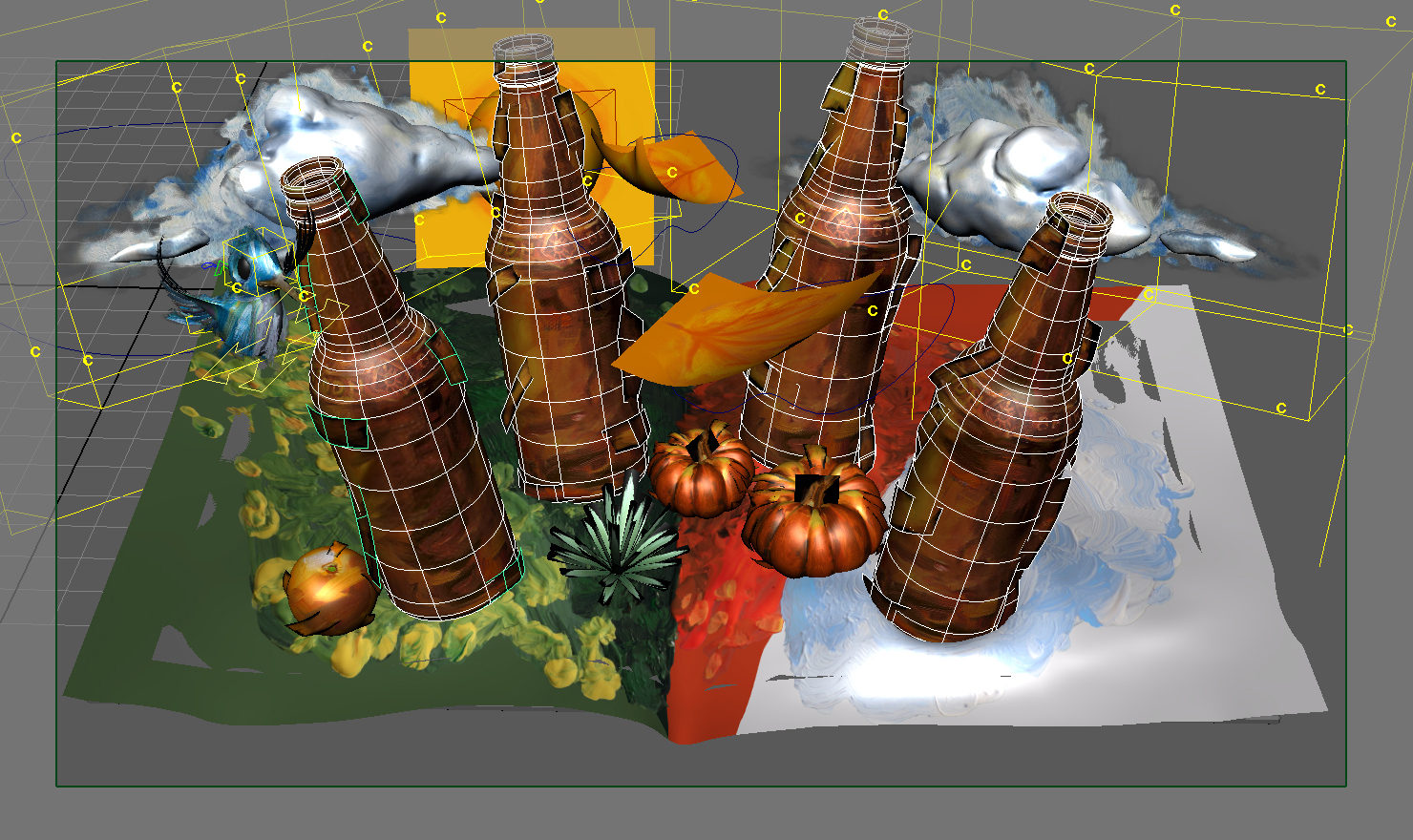
One set of 3D elements for the spot. Each segment of the commercial was created as a separate Maya scene.
For the key elements, like the beer bottles and glasses, we used animated maps plugged into the diffuse color of the shaders. Doing so, we could mimic what real painters do, painting different passes on the same portion of the canvas to get the final artwork (for example, we see the bottles revealing themselves, then we see labels painting themselves onto the bottles).
For some elements, like the ground in the first page, we shot real paintings forming while the painter (Joan Doyle) was creating them, using UV printouts as a guide. Again, we shot this in stop-motion, on greenscreen. Once keyed, we used the footage as perfectly matching color and opacity maps for our CG models. This process helped to give more realism to the render.
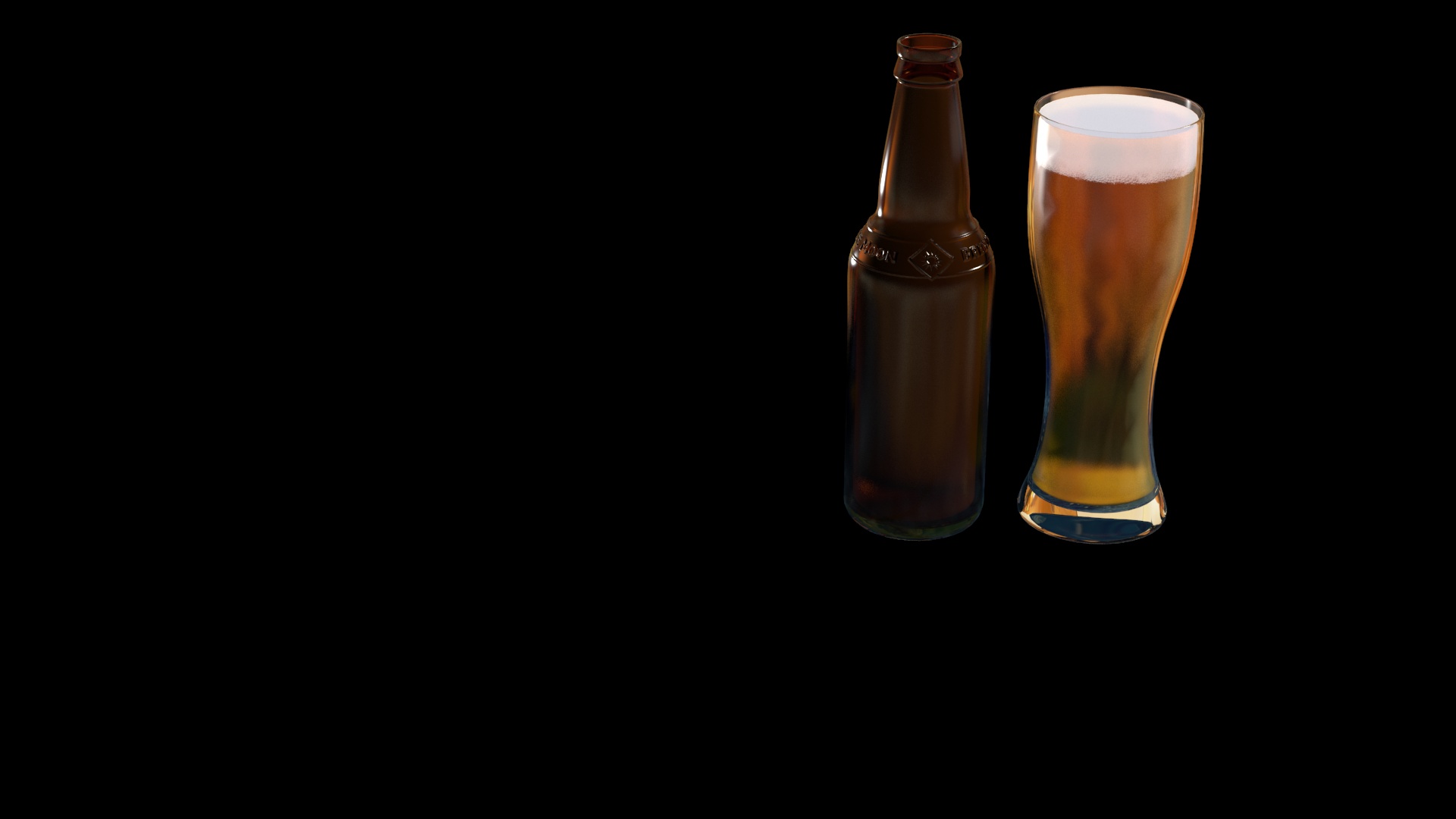
A beauty pass from the spot. Painterly elements were rendered in mental ray, photorealistic ones in V-Ray.
We rendered almost everything in mental ray, using nearly flat shaders (a high value in the Ambient Color setting) since we had baked highlights and shadows into the color maps of the elements. The shaders weren’t completely flat, however: we did want our three-dimensional paintings to react to a virtual lighting set-up matching the one used we used on the live shoot.
We also used V-Ray to create photo-real renders of bottles and glasses so we could composite them with the painterly mental ray renders, to achieve a more interesting look to the product we were advertising, and help guide the viewers’ eyes to it.
As a final touch, we added a subtle fog pass to the main shot that reacts to the turning pages and the five different worlds growing up from them.
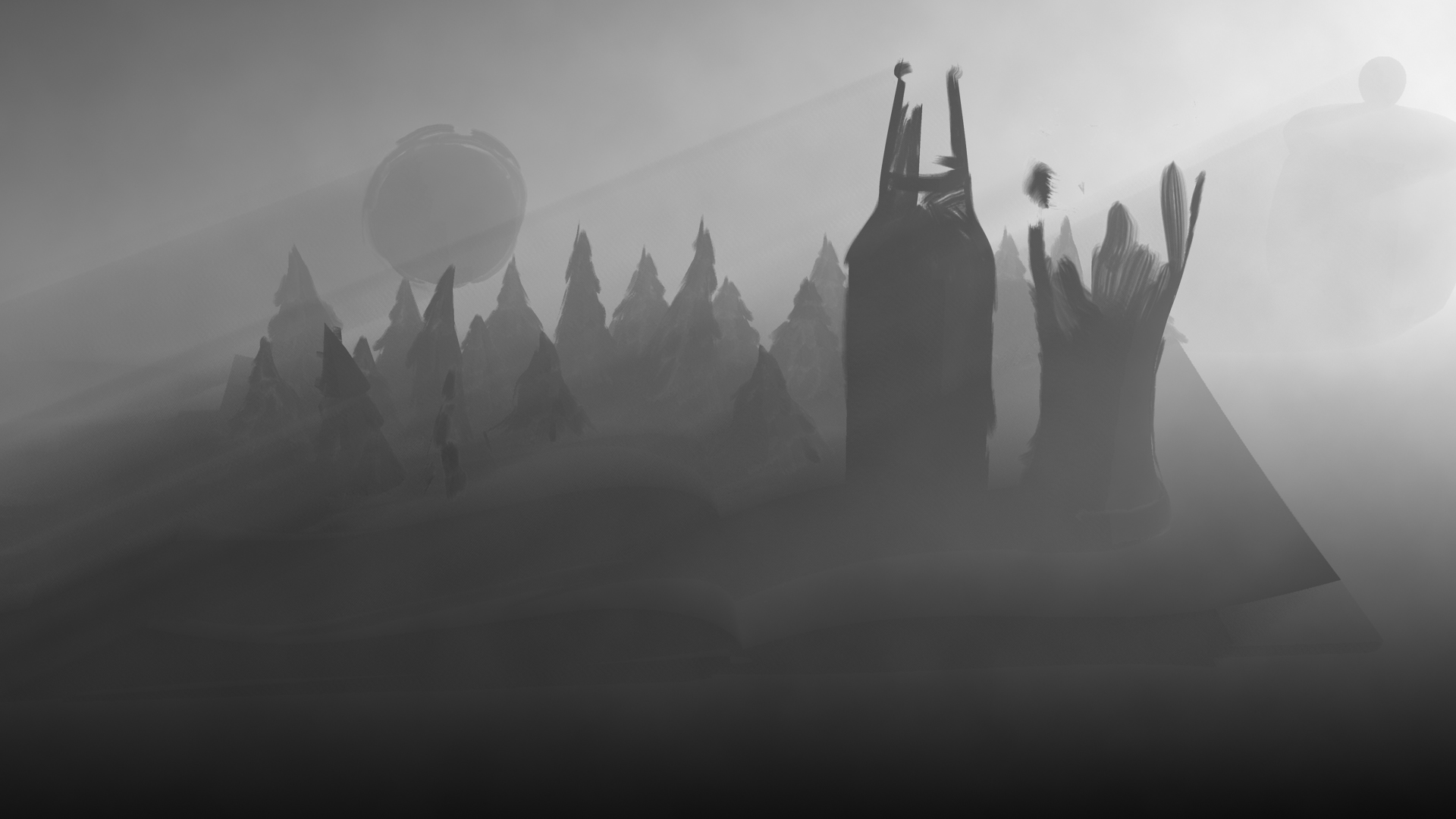
A fog pass helped bring all of the elements of the spot together seamlessly.
The team of compositors (Shaun Sewter, Bjorn Walters and Alessandro Schiassi) did a great job adding all of the different passes we generated from Maya to the various stop-motion passes. They also composited foam and bubbles on top of the bottles and glasses, to keep the beer alive.
Overall, Brewmaster’s Inspiration was a very challenging and fun project. Through its combination of stop-motion footage and CG renders, we created a seamless, organic and tactile look: one as artfully crafted as the beer itself.
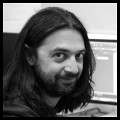 About the author: Sebastiano D’Aprile is an Italian CG artist based in Los Angeles, California. He started his professional career in Italy, while still studying multimedia and arts at the University of Turin. He moved to sunny LA after being awarded a prestigious scholarship, which supported further education at the Gnomon School of Visual Effects.
About the author: Sebastiano D’Aprile is an Italian CG artist based in Los Angeles, California. He started his professional career in Italy, while still studying multimedia and arts at the University of Turin. He moved to sunny LA after being awarded a prestigious scholarship, which supported further education at the Gnomon School of Visual Effects.
He now works as a VFX supervisor, CG generalist and character TD. He is also a photographer and motorcyclist.
